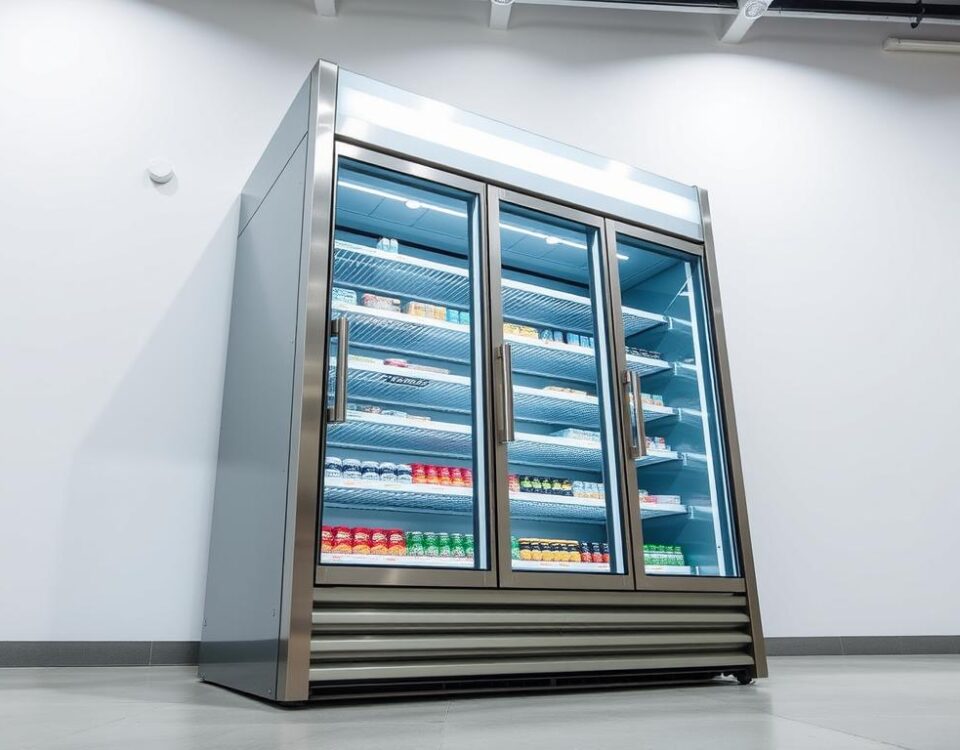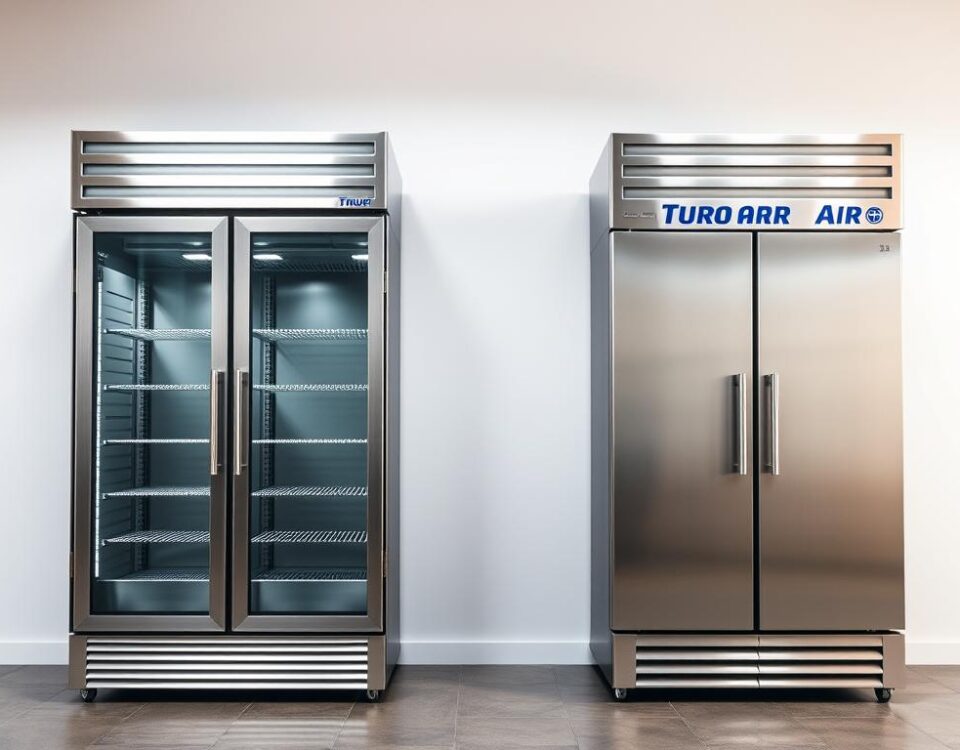
The Profit-Boosting Power of Sourcing Food Locally in 2025
August 6, 2025
Ghost Kitchens in 2025: 5 Case Studies That Reveal What Really Works
August 7, 2025As a restaurateur, I’ve seen firsthand how the choice of food distributor can make or break a business. My experience working with both Sysco and US Foods has given me valuable insights into the hidden costs that can affect your business significantly.
Sysco, a multinational corporation, and US Foods, its closest competitor, are two giants in the food distribution industry, supplying food products to restaurants and other venues. A staggering fact is that the difference in costs between these distributors can be as high as 10-15% on initial quotes, a margin that can drastically impact your profit margins.
So, what are these hidden cost differences, and how can you make an informed decision when choosing a distributor for your restaurant? Let’s dive into the six critical areas where Sysco and US Foods differ.
Key Takeaways
- Understanding the hidden cost differences between Sysco and US Foods can significantly impact your restaurant’s bottom line.
- Six critical areas of difference in pricing structures and policies can affect your overall costs.
- Making an informed decision when choosing a food distributor is crucial for your business’s growth.
- Negotiating better terms with your current supplier can lead to substantial savings.
- Quality of service and products varies between the two distributors.
The Battle of Food Distribution Giants
The battle between US Foods and Sysco is a crucial consideration for restaurateurs. As the two leading food distribution companies in the United States, they play a significant role in the restaurant industry.
Who Are US Foods and Sysco?
US Foods and Sysco are the giants of food distribution, providing a wide range of products to restaurants across the country. US Foods is known for its extensive network and quality products, while Sysco is recognized for its broad customer base and diverse offerings.
To understand their market share, it’s essential to look at their business models and how they cater to different restaurant needs.
Why Cost Comparison Matters for Your Restaurant
In the restaurant business, food and supply costs typically represent 28-35% of total revenue, making your distributor choice one of the most consequential financial decisions you’ll make. Beyond the obvious price differences in product catalogs, hidden costs related to minimum orders, delivery schedules, and contract terms can significantly impact your restaurant’s profitability.
- In the restaurant business, food and supply costs typically represent 28-35% of total revenue, making your distributor choice one of the most consequential financial decisions you’ll make.
- Beyond the obvious price differences in product catalogs, hidden costs related to minimum orders, delivery schedules, and contract terms can significantly impact your restaurant’s profitability.
- I’ve found that many restaurateurs focus exclusively on per-item pricing when comparing distributors, missing the substantial impact of these less visible cost factors.
- Small percentage differences in overall food costs can translate to thousands of dollars annually for even modestly-sized restaurant operations.
- Strategic management of your distribution partnerships can be the difference between struggling to maintain margins and achieving sustainable growth in your restaurant business.
As industry veterans often advise, shopping around and understanding the complete cost structure of different suppliers is essential for optimizing your restaurant’s financial performance. The comparison between US Foods and Sysco goes beyond simple price matching – it involves understanding how each company’s policies align with your specific operational needs and business model.
My Experience Working with Both Distributors
My experience with Sysco and US Foods has provided valuable insights into the world of food distribution. Working with both companies has given me a unique perspective on their service quality and how it impacts my business.
First Impressions and Setup Process
The initial setup process with both distributors was relatively straightforward. However, I noticed differences in their approaches from the start. Sysco’s relationship-building service model was evident during the setup, with regular in-person visits from my account representative to discuss menu planning and product recommendations. In contrast, US Foods took a more transactional approach, offering excellent responsiveness when problems arose but less proactive engagement during normal operations.
Overall Service Quality Differences
The quality of service differed significantly between the two distributors in several key areas. For instance, Sysco maintained slightly higher order accuracy rates, though this came at a premium reflected in their pricing structure. When supply chain disruptions occurred, Sysco’s communication about substitutions and out-of-stock items was more proactive. The quality of delivery personnel also varied, with Sysco’s drivers demonstrating more familiarity with restaurant operations. These differences directly impacted my operational efficiency and indirectly affected my total cost of doing business with each distributor.
Hidden Cost Difference #1: Minimum Order Requirements
The minimum order requirements set by Sysco and US Foods can significantly impact a restaurant’s bottom line, making it essential to compare their policies.
Sysco’s Approach to Minimum Orders
Sysco, being one of the largest food distributors, has a varied approach to minimum order requirements. Their thresholds can be quite high, often necessitating larger orders from restaurants to meet the minimum.
Sysco sells and distributes food and non-food products to businesses that serve food, such as restaurants, healthcare facilities, sports stadiums, and schools. These goods include ingredients like meats and produce, as well as frozen foods and prepared meals. Additionally, Sysco provides its customers with dining room supplies, kitchen equipment, and eating utensils.
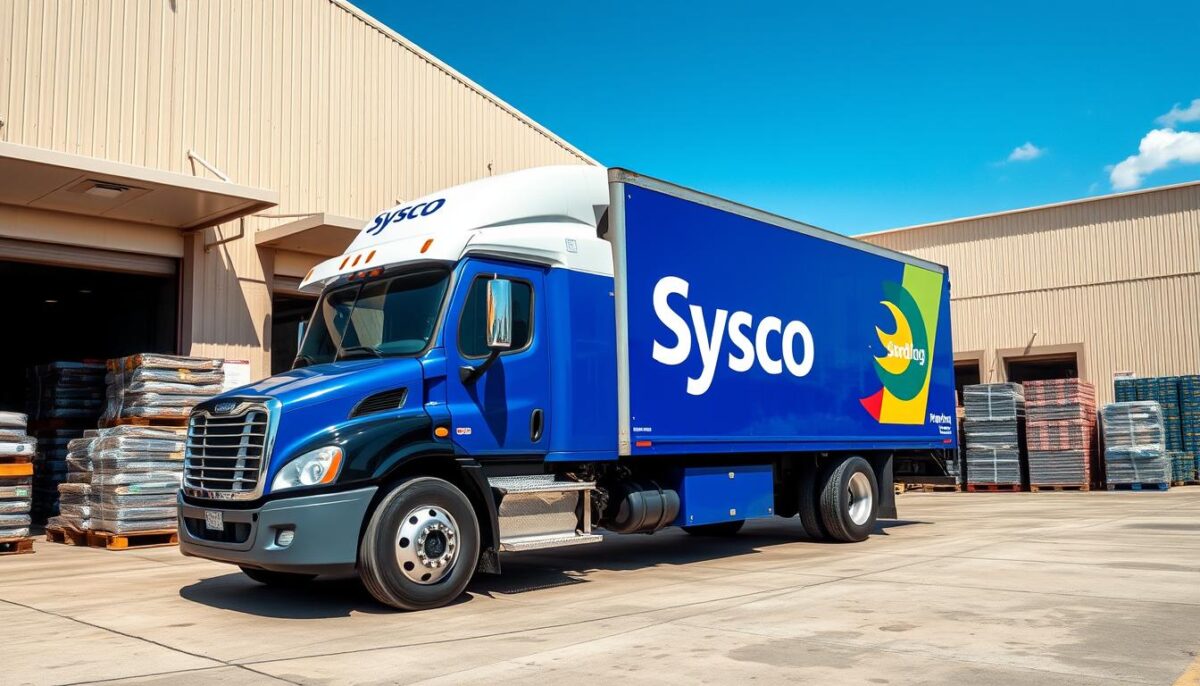
US Foods’ Policies and Fees
In contrast, US Foods typically implements lower minimum order requirements than Sysco, with thresholds often starting around $750 for standard delivery schedules in most markets. Their fee structure for orders falling below minimum requirements tends to be more transparent and predictable.
- US Foods offers more flexible options for smaller restaurants, including “will-call” pickup options at their distribution centers with significantly lower or no minimum order requirements.
- Their online ordering system provides real-time tracking of order totals, making it easier to add items to reach minimum thresholds before finalizing orders.
- They offer “split delivery” options in some markets, allowing restaurants to combine orders with nearby establishments to meet minimums while maintaining separate billing.
- US Foods implements seasonal adjustments to their minimum requirements less frequently than Sysco, providing more consistency for budget planning throughout the year.
- Their minimum order policies tend to be more standardized across different regions, creating more predictable costs for restaurant groups operating in multiple markets.

Hidden Cost Difference #2: Delivery Scheduling and Fees
As a restaurateur, it’s vital to comprehend the hidden costs related to delivery scheduling and fees from your food distributor. These costs can significantly impact your business’s growth and bottom line. Both Sysco and US Foods offer various delivery options, but their structures and associated costs differ.
Sysco’s Delivery Charge Structure
Sysco’s delivery charges are based on a complex system that includes various factors such as delivery location, order size, and delivery time. Sysco typically requires a 72-hour notice for delivery schedule changes, which can be inflexible for restaurants with changing needs. Additionally, their delivery windows can be broad, sometimes spanning several hours, which may not be ideal for restaurants with limited storage capacity or specific inventory management needs.

US Foods’ Delivery Options and Costs
In contrast, US Foods offers more flexible delivery scheduling options, allowing changes with shorter notice, usually 48 hours, without incurring change fees. Their delivery windows are typically narrower, ranging from 2-4 hours, without charging premium rates for this precision. US Foods also implements a transparent flat-rate delivery fee structure, making it easier for restaurants to predict their total delivery costs. Furthermore, US Foods provides tiered delivery frequency options, allowing businesses to optimize between inventory carrying costs and delivery expenses based on their storage capacity.
US Foods’ approach to delivery scheduling and fees can result in significant cost savings for restaurants, particularly those with fluctuating inventory needs or limited storage space. By understanding these differences, restaurateurs can make informed decisions about their food distribution choices.
Hidden Cost Difference #3: Contract Terms and Volume Discounts
When evaluating food distributors like Sysco and US Foods, understanding the nuances of their contract terms and volume discounts is crucial. These elements can significantly impact your restaurant’s bottom line, often in ways that aren’t immediately apparent.
Sysco’s Contract Flexibility and Pricing Tiers
Sysco, being one of the larger food distribution companies, has a complex contract structure that can be challenging for smaller operators to navigate. Their contracts often come with longer commitment periods, sometimes extending beyond two years, and can include severe penalties for early termination. Sysco’s pricing tiers are typically structured to reward larger volume purchases, which may not be as beneficial for smaller restaurants. In 1980, Sysco recorded $1.2 billion in annual revenue, and by the late 1990s, their annual sales had grown to $19 billion, indicating a robust pricing strategy that appeals to large-scale buyers.
The company’s volume discount structure is often based on rebate systems, which can delay financial benefits and may require significant sales volumes to achieve meaningful discounts. This structure can be particularly challenging for smaller businesses that may not have the purchasing power to reach the higher tiers.
US Foods’ Commitment Requirements and Discount Structure
In contrast, US Foods typically offers more flexible contract terms, with shorter commitment periods, often between one to two years, and less severe early termination penalties. Their volume discount structure is generally more straightforward, with tiered pricing applied directly to invoices, providing immediate financial benefits. US Foods requires lower exclusivity percentages, typically around 70-80% of purchases, to maintain contracted pricing, allowing restaurants more flexibility to source specialty items from other suppliers.
US Foods’ contracts also include more favorable price protection clauses, limiting the frequency and percentage of price increases during the contract term. This approach can help restaurateurs better manage their food costs over time. Additionally, US Foods offers more accessible volume discounts for smaller operations, with meaningful price breaks starting at lower annual purchase volumes, typically around $75,000 per year.
Hidden Cost Difference #4: Technology Platforms and Ordering Systems
As a restaurateur, understanding the technological capabilities of your food distributor is vital for optimizing your operations. The technology platforms and ordering systems provided by Sysco and US Foods differ significantly, impacting the overall efficiency and costs associated with ordering and managing inventory.
Sysco’s Digital Ordering Experience
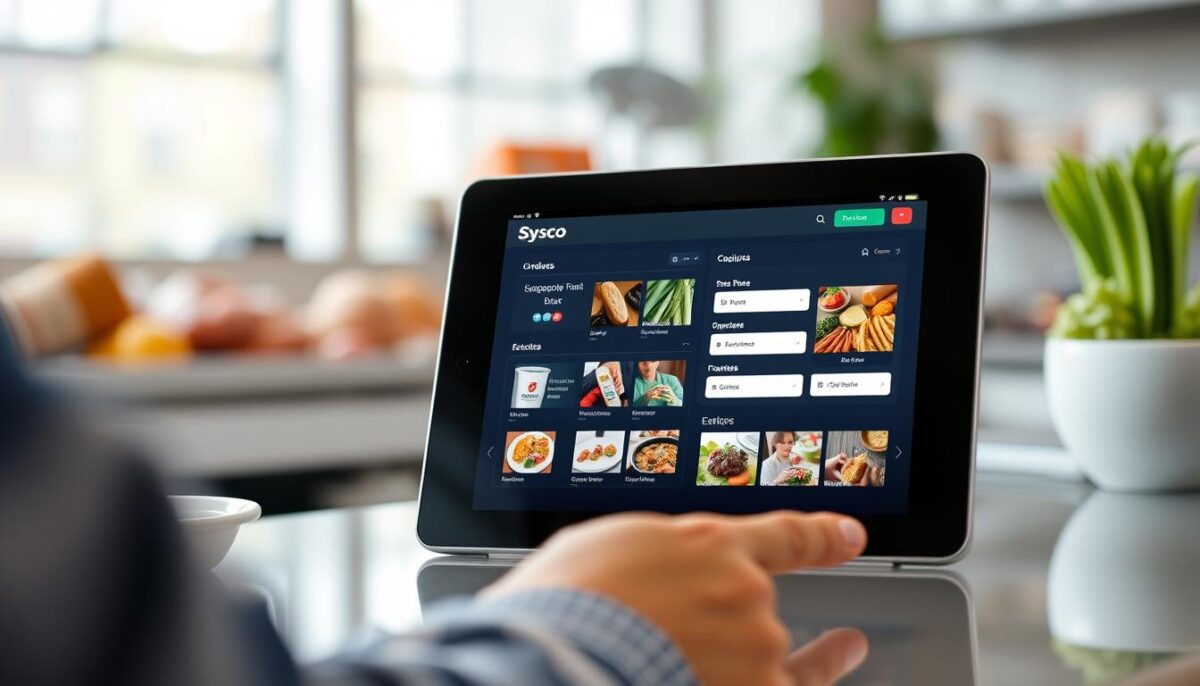
Sysco’s digital ordering experience is designed to provide a streamlined process for restaurants. However, their basic technology package may not include all the features that some restaurants require, with additional capabilities available as premium add-ons.
US Foods’ Tech Solutions and Associated Costs
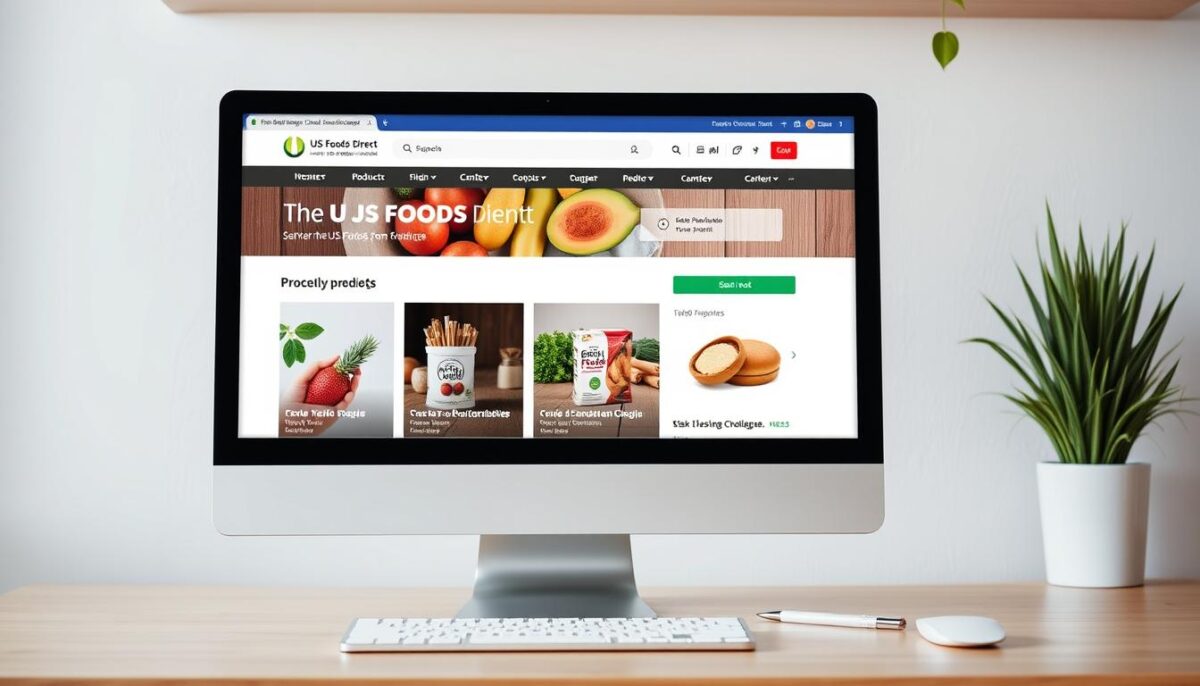
US Foods’ primary ordering platform, US Foods Direct, offers a more intuitive user interface, reducing training time and ordering errors. Their basic package includes inventory management, menu analysis, and nutritional reporting tools at no extra cost. Additionally, US Foods’ mobile application is robust, allowing for nearly all desktop functions to be performed on smartphones or tablets.
The benefits of US Foods’ technology solutions include more self-service options for order modifications, comprehensive API integration capabilities with popular restaurant systems, sophisticated order templating, and automated reordering capabilities. These features not only reduce the time required for routine ordering processes but also minimize the need for representative intervention, thereby reducing associated delays and costs.
Hidden Cost Difference #5: Specialty Products and Exclusive Items
For restaurateurs, understanding the nuances of specialty products and exclusive items offered by Sysco and US Foods is crucial for making informed decisions. These products can significantly impact the quality and uniqueness of the dining experience, as well as the restaurant’s bottom line.
Sysco’s Private Label and Premium Offerings
Sysco has been working with the World Wildlife Fund since 2009 to source seafood from sustainable fisheries. As of January 2021, they announced plans to increase purchases of sustainable seafood, particularly from fisheries certified by the Marine Stewardship Council and the Aquaculture Stewardship Council. Their “One Planet. One Table.” assortment includes approximately 3,000 food items backed by at least one of 20 sustainability certifications and standards, launched in November 2023. Sysco’s private label and premium offerings are designed to provide high-quality products while emphasizing sustainability.

US Foods’ Specialty Programs and Price Points
US Foods’ approach to specialty products centers around their “Exclusive Brands” program, which offers competitive pricing on comparable quality items. Their specialty product portfolio includes fewer exclusive manufacturer arrangements, allowing for more flexibility in pricing. US Foods also operates Chef’Store retail locations, providing an additional sourcing channel for emergency or specialty needs without delivery minimums.
| Program | Sysco | US Foods |
|---|---|---|
| Private Label Strategy | Emphasizes sustainability with “One Planet. One Table.” | Focuses on “Exclusive Brands” for competitive pricing |
| Specialty Produce | Varied sourcing with an emphasis on quality | Regional sourcing partnerships for fresher products |
| Premium Meat Program | High-quality offerings with premium pricing | Stock Yards program offers comparable quality at 5-10% lower prices |
In conclusion, while both Sysco and US Foods offer a range of specialty products, their approaches differ significantly. US Foods’ “Exclusive Brands” and regional sourcing partnerships can offer more competitive pricing and flexibility. Sysco’s emphasis on sustainability and premium quality comes at a higher price point. Restaurateurs must weigh these differences when deciding which distributor best meets their needs.
Hidden Cost Difference #6: Supply Chain Resilience and Substitution Policies
Supply chain resilience and substitution policies represent a critical hidden cost difference between Sysco and US Foods. These factors can significantly impact a restaurant’s operational efficiency and bottom line.
Sysco’s Approach to Product Shortages
Sysco has made significant commitments to reducing its carbon footprint, including the purchase of 800 electric trucks and the operation of 130 heavy-duty electric tractors across multiple countries. However, their approach to product shortages and substitutions can sometimes result in automatic replacements without prior consent, which may affect product consistency.
US Foods’ Inventory Management
US Foods typically provides more transparent inventory visibility through their ordering platform. Their substitution policies generally require opt-in consent, giving restaurants more control over product consistency. Key benefits include:
- Clearer indications of low-stock items and potential shortages
- Prioritization of specification matching over brand equivalence
- More proactive communication about upcoming supply challenges and price fluctuations
- Robust alternative product suggestions during shortages
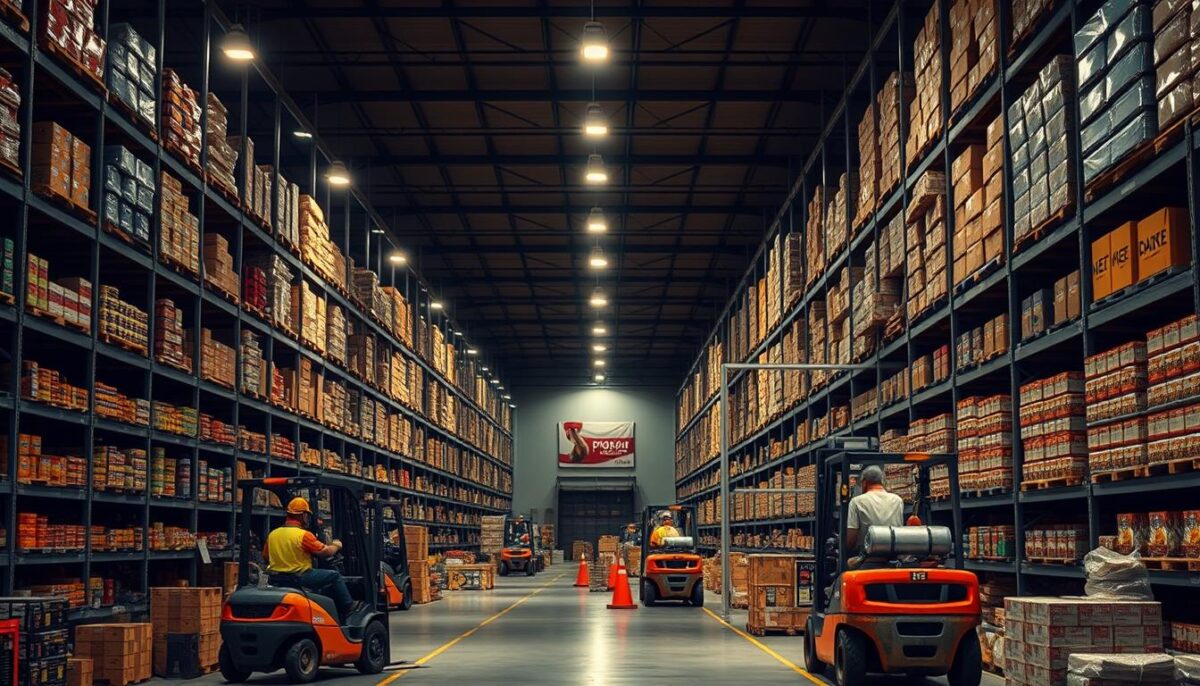
US Foods’ approach to inventory management and price fluctuations can lead to more stability during volatile commodity markets. However, it may also result in slower price decreases when markets improve. By understanding these differences, restaurateurs can make informed decisions about their food distribution services.
Conclusion: Making the Right Choice for Your Restaurant’s Bottom Line
The decision between US Foods and Sysco Corporation ultimately comes down to how their respective strengths and weaknesses align with your restaurant’s business goals. After comparing these two giants across six critical cost areas, it’s evident that neither distributor is universally superior.
For smaller independent restaurants with fluctuating order volumes, US Foods’ flexible minimum requirements and contract terms often result in lower total costs. In contrast, larger operations with consistent ordering patterns and sufficient storage capacity can benefit from Sysco’s volume discount structures and rebate programs.
Restaurants with limited storage space generally find US Foods’ delivery flexibility more cost-effective, while operations with ample storage can leverage Sysco’s volume pricing. Tech-forward restaurants typically experience lower operational costs with US Foods’ intuitive ordering systems.
Establishments featuring signature dishes should carefully evaluate both distributors’ product exclusivity arrangements and substitution policies. A hybrid model, using both distributors strategically for different categories, can be the most cost-effective approach for many restaurants.
Beyond direct costs, consider how each distributor’s service model aligns with your operational style. Regular renegotiation of terms with both distributors can yield significant savings. Ultimately, understanding these hidden costs is crucial for making informed distribution decisions that impact your restaurant’s profitability.
By carefully evaluating these factors and considering your restaurant’s unique needs, you can make an informed decision that supports your business growth and maintains high quality standards.
FAQ
What are the main differences between Sysco Corporation and US Foods in terms of their food distribution services?
Both companies are leading foodservice distributors, but they differ in their supply chain management, product offerings, and contract terms. I found that Sysco has a broader range of private label products, while US Foods excels in specialty programs.
How do minimum order requirements vary between Sysco and US Foods, and what are the implications for my restaurant?
Sysco and US Foods have different minimum order policies, with Sysco often requiring larger orders to avoid additional fees. I noticed that US Foods offers more flexible ordering options, which can be beneficial for smaller restaurants or those with variable demand.
What are the differences in delivery scheduling and fees between the two distributors?
Sysco and US Foods have distinct delivery charge structures, with Sysco often charging more for expedited or off-schedule deliveries. I observed that US Foods provides more transparent pricing for their delivery services.
How do the contract terms and volume discounts offered by Sysco and US Foods compare?
Both companies offer volume discounts, but Sysco tends to have more rigid contract requirements. I found that US Foods provides more flexible pricing tiers and commitment requirements.
What are the differences in technology platforms and ordering systems between Sysco and US Foods?
Sysco and US Foods have invested in different digital ordering platforms, with Sysco offering a more comprehensive online ordering experience. I noticed that US Foods has made significant improvements to their tech solutions in recent years.
How do Sysco and US Foods handle product shortages and substitutions?
Both companies have supply chain resilience measures in place, but Sysco tends to be more proactive in managing product shortages. I observed that US Foods has a more flexible substitution policy, which can help minimize disruptions to my restaurant’s operations.

